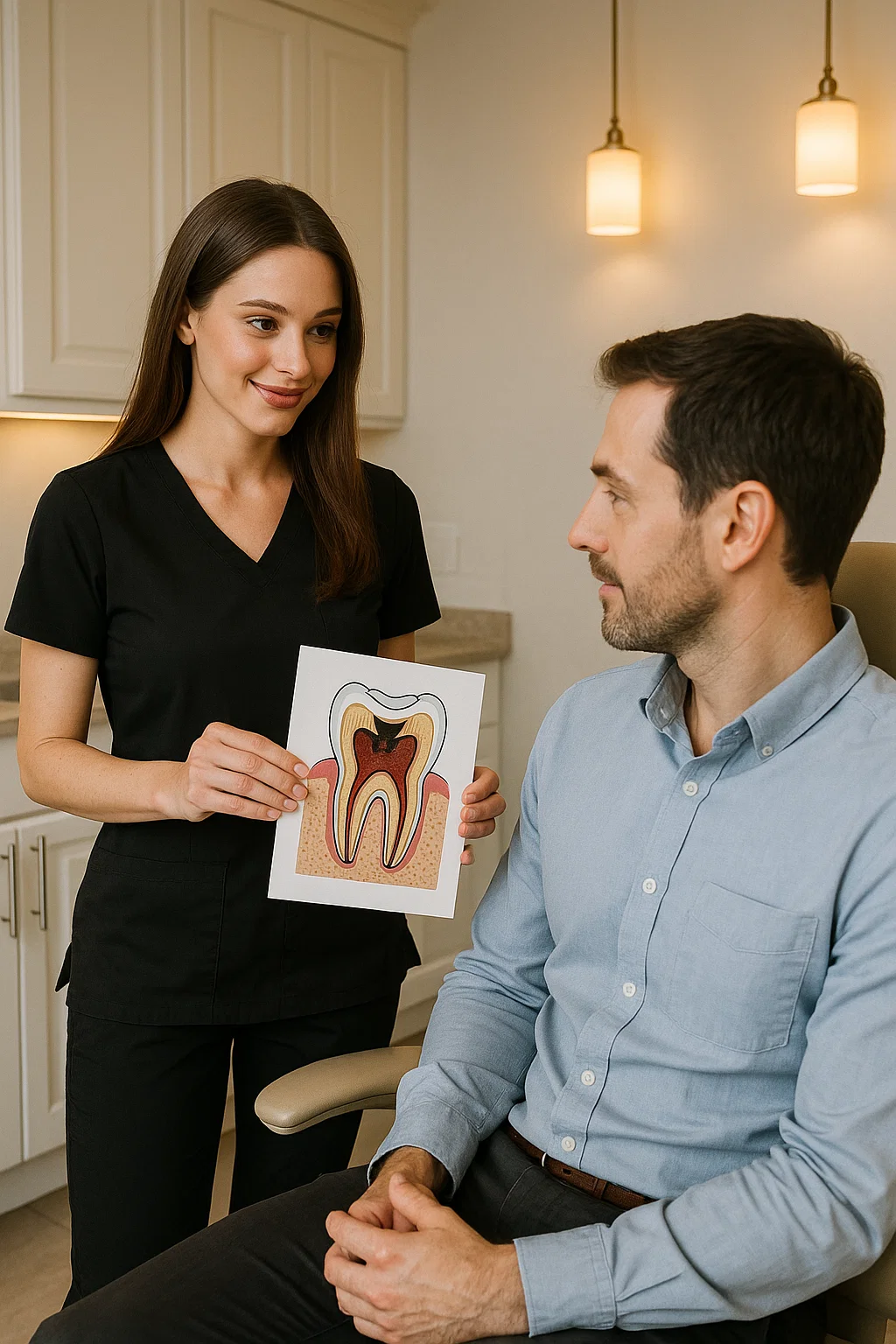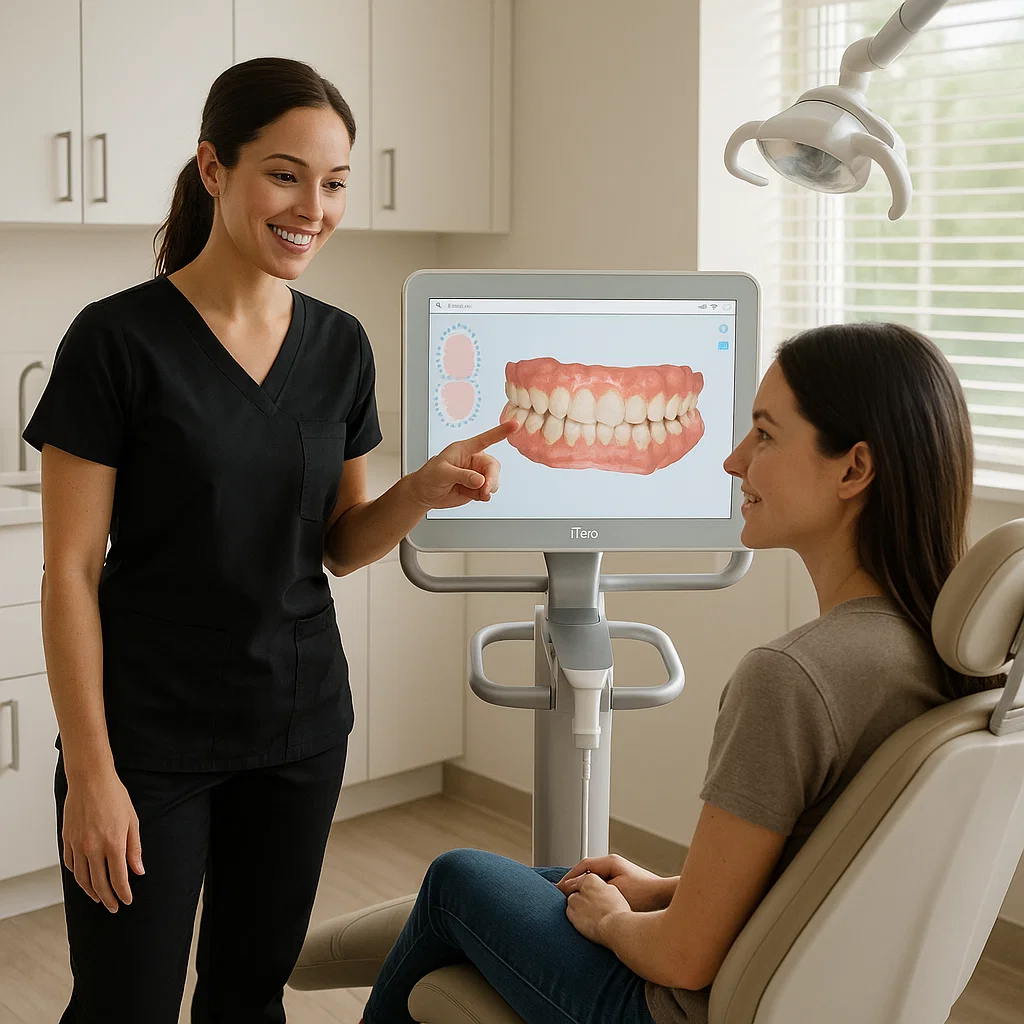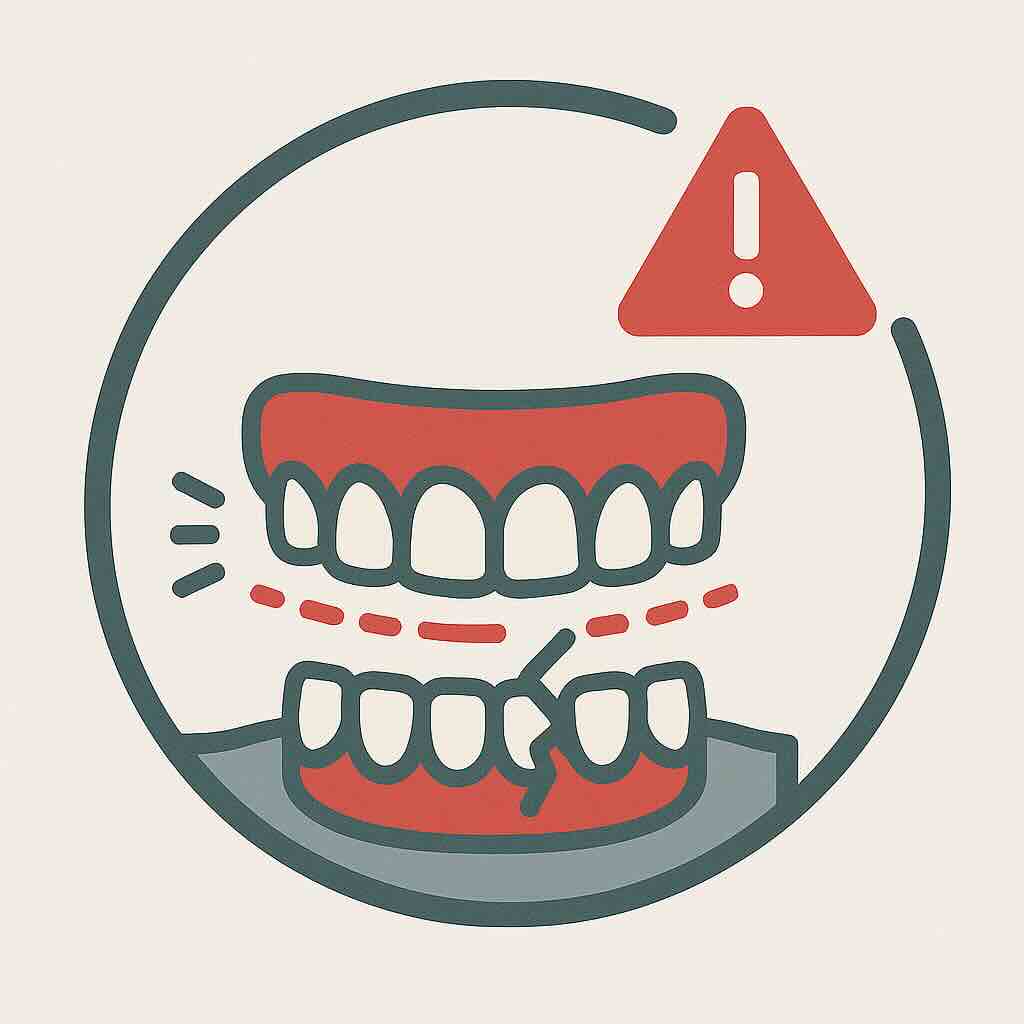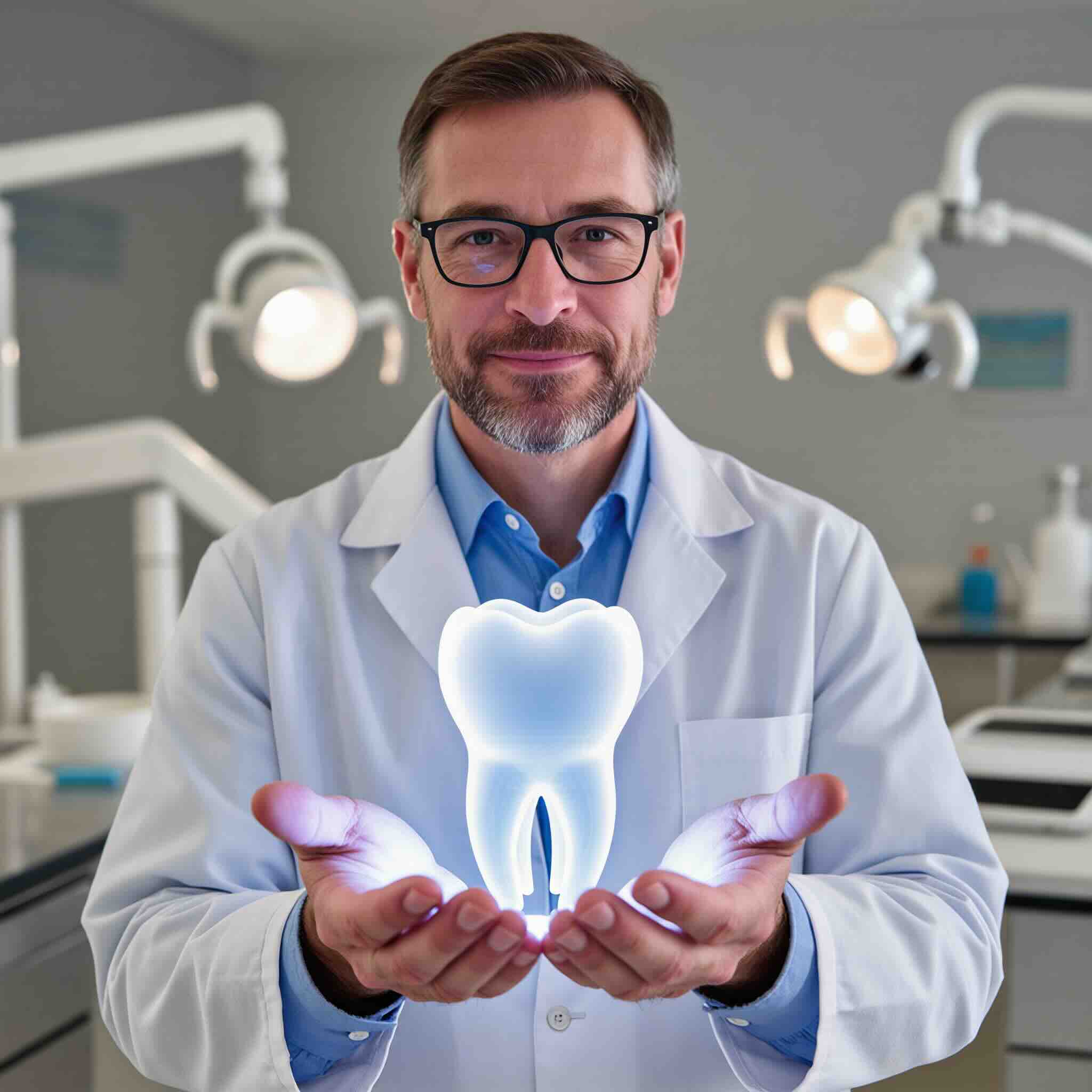When a tooth becomes badly infected, there are usually two choices: save it with root canal therapy or remove it with an extraction.
At KYT Dental Services, we evaluate your tooth carefully and recommend the best option for your long-term health.


An infected tooth won’t heal on its own. Without treatment, infection can spread deeper, leading to severe pain, bone loss, or even affecting your overall health. Root canal therapy:




✨ Removes infection while keeping your natural tooth in place
✨ Restores chewing strength with a crown
✨ Preserves jawbone and prevents nearby teeth from shifting
✨ Often less long-term dental work compared to replacement
Bottom Line: If the tooth has enough healthy structure left, root canal therapy is often the preferred option for saving it.

⚠️ Necessary if the tooth is too damaged, fractured, or infected beyond repair
⚠️ Removes pain and infection completely
⚠️ Requires a replacement (implant, bridge, or denture) to restore function and appearance
⚠️ Prevents ongoing dental emergencies with non-restorable teeth
Bottom Line: Extraction is the right solution when saving the tooth isn’t possible, and replacement options can restore both function and appearance.
Root Canal Therapy:
Extraction:





